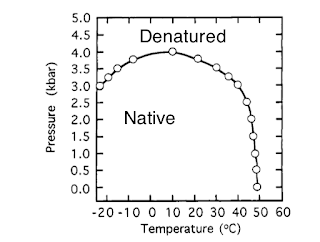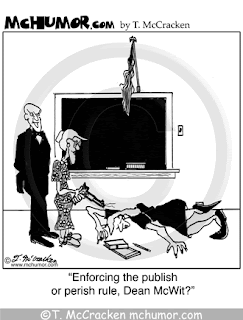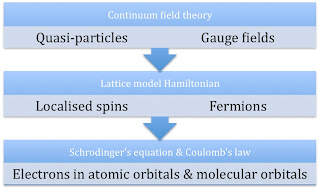I have decided I should start incorporating a little more history and biographies into my lectures. It is important that students learn something about the "giants" who have paved the way for us.
Since I just taught about "Landau levels" I had a one power point slide biography of Landau. Here is my ranking, for both originality and impact, of Landau's major achievements:
- Theory of continuous phase transitions
- Fermi liquid theory
- Ginzburg-Landau theory of superconductivity
- Theory of superfluidity
- The Course in Theoretical Physics
I don't think Landau levels or Landau damping was on the scale as the above achievements. Other people would have worked these out fairly soon if he had not. The main thing that was impressive about "Landau levels" was that he did it when he was 22! and that he sort of "predicted" de Haas van Alphen oscillations in the same year they were observed.
1. has proven to be incredibly important not just in providing a unifying framework for condensed matter but also for broken symmetry in particle physics. It also led to the renormalisation group.
2. is the basis for understanding not just elemental metals but also nuclear physics. Furthermore, it showed the power of using quantum field theoretical techniques based on Green's functions to understand quantum many-body physics.
In preparing I learnt that Landau kept a list ranking system of other theoretical physicists. According to Wikipedia:
Landau kept a list of names of physicists which he ranked on a logarithmic scale of productivity ranging from 0 to 5. The highest ranking, 0.5, was assigned to Albert Einstein. A rank of 1 was awarded to "historical giants" Isaac Newton, Satyendra Nath Bose, Eugene Wigner, and the founding fathers of quantum mechanics, Niels Bohr, Werner Heisenberg, Paul Dirac and Erwin Schrödinger. Landau ranked himself as a 2.5 but later promoted himself to a 2. David Mermin, writing about Landau, referred to the scale, and ranked himself in the fourth division, in the article My Life with Landau: Homage of a 4.5 to a 2.
I must say I think Landau was being modest. Due to the significance of 1. and 2. above, I would rank Landau above Bose, Wigner, and Bohr. As I have
blogged before as much as Bohr advanced our understanding of quantum theory I think he also retarded it in several respects.
Bohr and Landau in Moscow in 1961
How would you rank these "greats" and Landau's achievements?
Postscript. 2 October 2020. I recently learned that at Landau's 50th birthday party, his colleagues gave him two stone tablets engraved with Landau's "ten commandments", based on his ten most important papers.
Density matrix (1927); Landau diamagnetism (1930); dynamics of ferromagnets (1935, written with Evgenii Lifshitz); theory of phase transitions (1937); intermediate state of superconductors (1937); statistical theory of nuclei (1937); theory of superfluidity (1941); renormalization of electron charge in quantum electrodynamics (1954, with Alexei Abrikosov and Isaac Khalatnikov); theory of Fermi Liquid (1956); and two-component neutrino theory (1957).


































